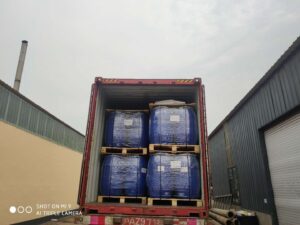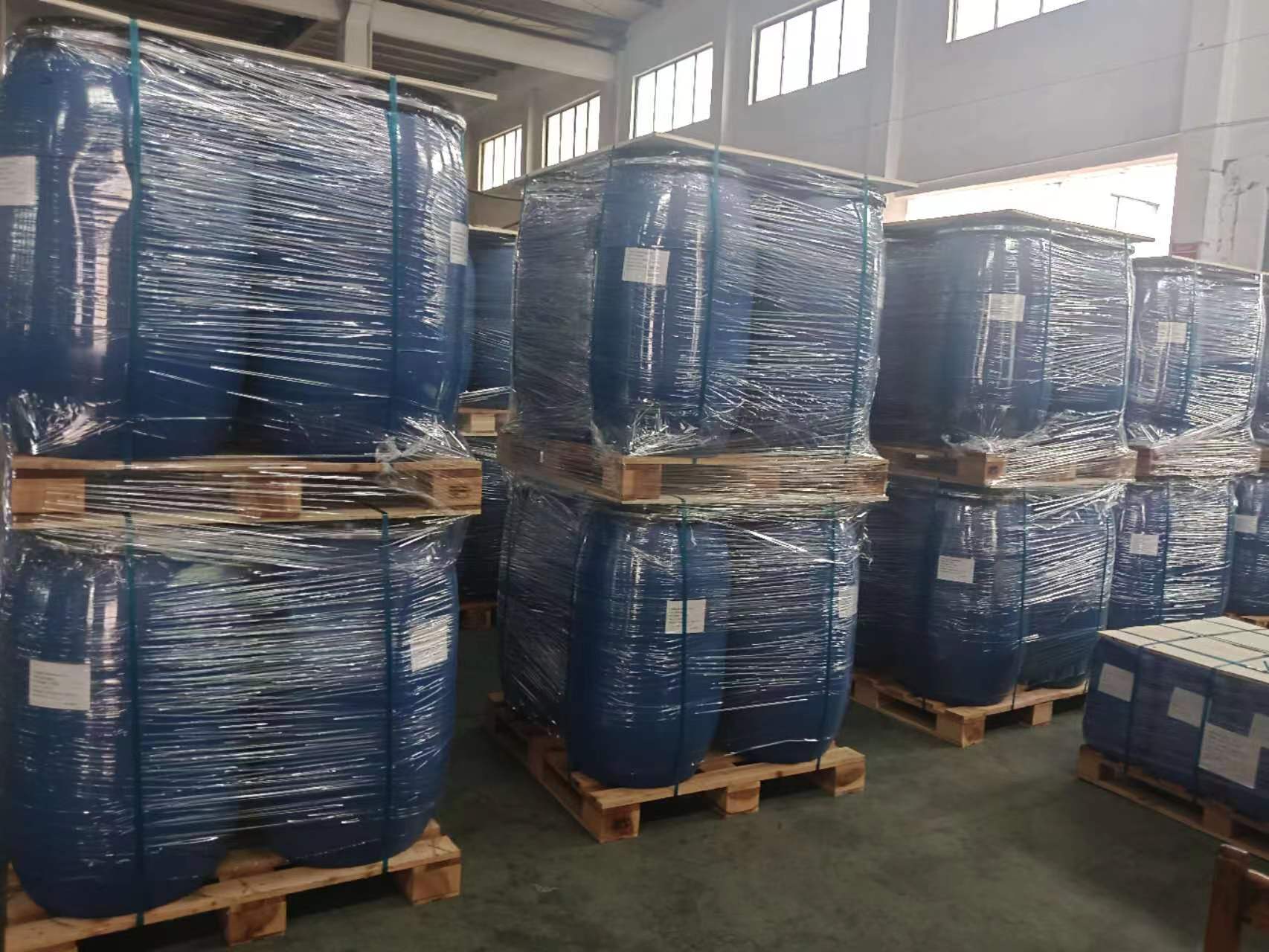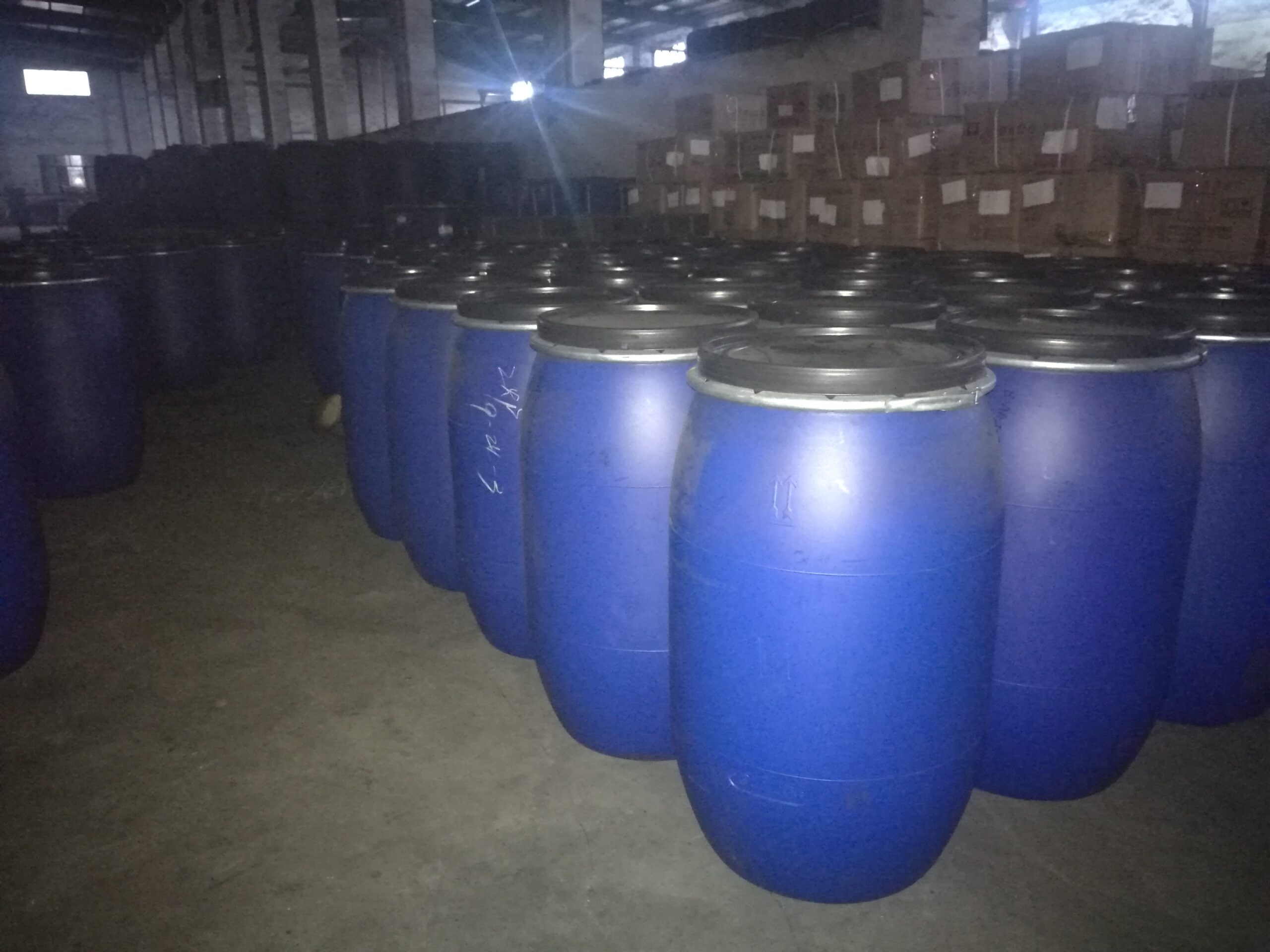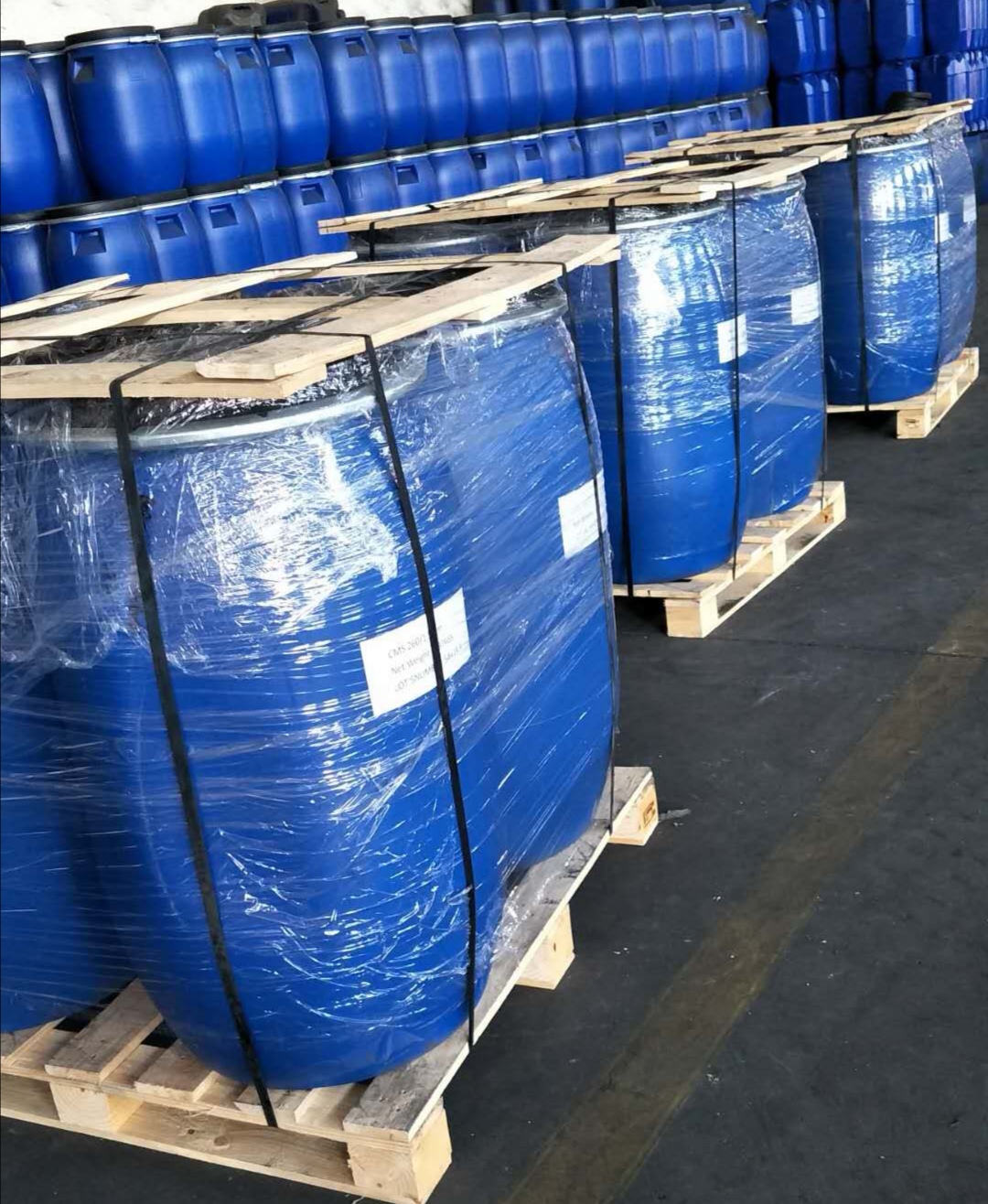The current situation and future prospects of domestic carbon molecular sieves:
一. The Importance of Carbon Molecular Sieves
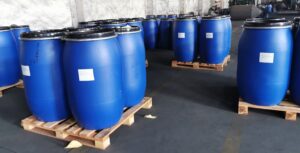
1. Overview of Its Importance
Carbon molecular sieves are key adsorbents in the field of nitrogen production. Since their inception, they have stood out due to their excellent non-polar carbon characteristics and have become an indispensable part of the nitrogen production process. Carbon molecular sieves (CMS for short) efficiently separate nitrogen from air through room-temperature low-pressure nitrogen production technology. Compared with traditional deep cryogenic high-pressure nitrogen production processes, this technology not only reduces costs but also significantly increases the production speed of nitrogen.
Therefore, carbon molecular sieves have become the preferred adsorbent for pressure swing adsorption (PSA for short) air separation to enrich nitrogen in the engineering field. The nitrogen they produce plays a crucial role in multiple industrial fields and special applications.
2. [Research and Development Background and Main Components]
The technological development and application of carbon materials have led to the emergence of carbon molecular sieves. In the 1950s, with the vigorous development of the industrial revolution, the application fields of activated carbon rapidly expanded, from filtering impurities to separating different components. During this period, the improvement of carbon material capabilities created conditions for the appearance of carbon molecular sieves. Carbon molecular sieves are black columnar solids with elemental carbon as the main component, featuring a unique microporous structure and an instantaneous affinity for oxygen molecules. These micropores make them perform exceptionally well in nitrogen production, as they allow small-sized molecules to diffuse rapidly while preventing the entry of large-sized molecules.
3. [Application and Nitrogen Generation Technology]
Carbon molecular sieves are widely used in petrochemicals, electronics manufacturing, and other fields. Due to their high efficiency and long lifespan, they are ideal choices for nitrogen generation equipment. Through pressure swing adsorption (PSA) devices, carbon molecular sieves can effectively produce nitrogen, and they perform well in air separation nitrogen generation, featuring large nitrogen production capacity and high nitrogen recovery rate. This technology has been widely applied in petrochemicals, metal heat treatment, food preservation, and many other industries, making significant contributions to their development.
二. Working Principle and Technical Challenges of Carbon Molecular Sieves

1. [Working Principle and Technical Details]
Based on their micro-porous structure, carbon molecular sieves achieve effective separation of oxygen and nitrogen through pressure swing adsorption technology. Carbon molecular sieves utilize their unique sieving characteristics, using large and medium pores as channels to introduce small-sized molecules into micro-pores. Under the combined effect of micro-pores and sub-micro-pores, gas molecules are separated due to their size differences. However, domestic carbon molecular sieves still face challenges in pore size control and need to make breakthroughs in the strict control of micro-pore diameters.
2. [Current Situation and Challenges of Domestic Molecular Sieves]
Domestic molecular sieves are gradually occupying the market, breaking the monopoly of Japan and Germany. However, the development of domestic technology is still limited by innovation and performance. It is necessary to enhance product performance through independent innovation and break through the constraints of technology trade to improve market competitiveness.
3. [Market Analysis and Future Trends]
The carbon molecular sieve market is shifting from being dominated by Japan and Germany to a more diversified one. Although domestic technology has improved, there are still challenges in enhancing market competitiveness. The international market demand for carbon molecular sieves is steadily increasing, which requires domestic carbon molecular sieves to continuously develop new materials and explore new technologies while meeting international standards.
三. Current Situation and Future Outlook of the Domestic Market
1. [Overview of the Domestic Market]
The demand for carbon molecular sieves in China is growing rapidly, especially in coal fields, oil fields, and the chemical industry. The domestic demand for carbon molecular sieves is increasing by over 6,000 tons annually, driving equipment manufacturers to innovate in both technology and the market.
2. [International Market and Demand Outlook]
The international demand for carbon molecular sieves is continuously growing, emphasizing high-performance products. This is driving technological progress and intensifying competition globally. With the increasing maturity of pressure swing adsorption technology, the application fields of nitrogen generators are expanding, and the international demand for carbon molecular sieves will maintain a growth trend. If domestic brands can seize the opportunity, actively improve their technological level and product quality, they are expected to occupy a more favorable position in the international market.
The demand for carbon molecular sieves in China’s chemical industry is increasing day by day, not only due to the rapid development of the domestic economy and industry but also providing new growth momentum for international market demand. The application prospects of carbon molecular sieves are broad, with huge potential to be tapped in both domestic and international markets. In the coming years, China’s carbon molecular sieve manufacturing industry is expected to achieve a new leap, demonstrating more competitive performance globally through technological innovation and market expansion.
